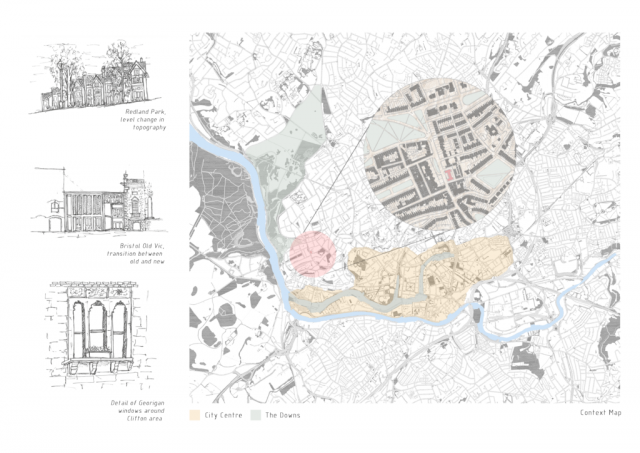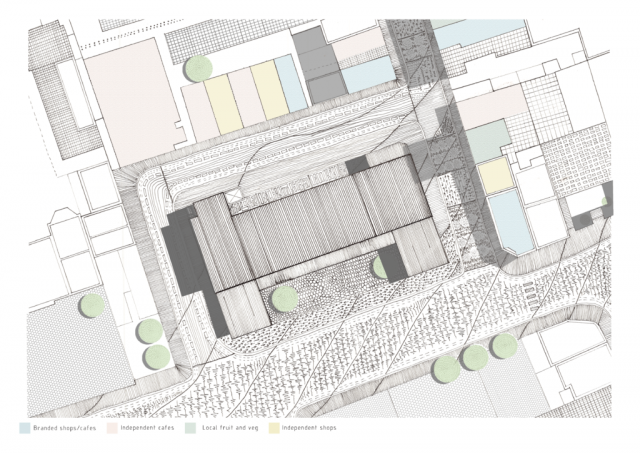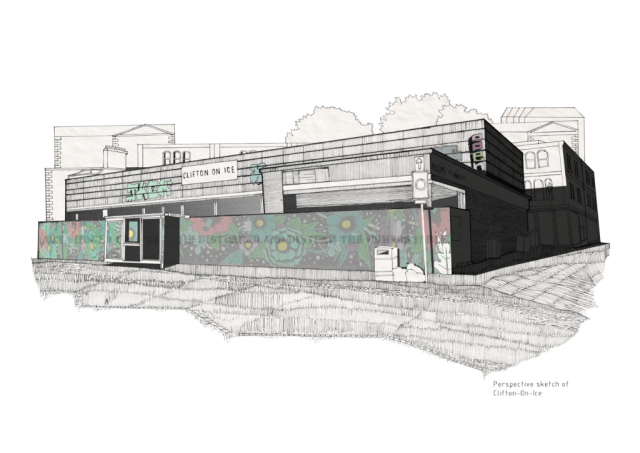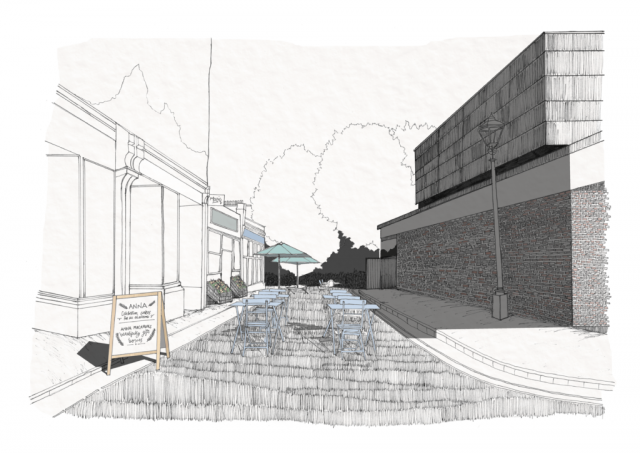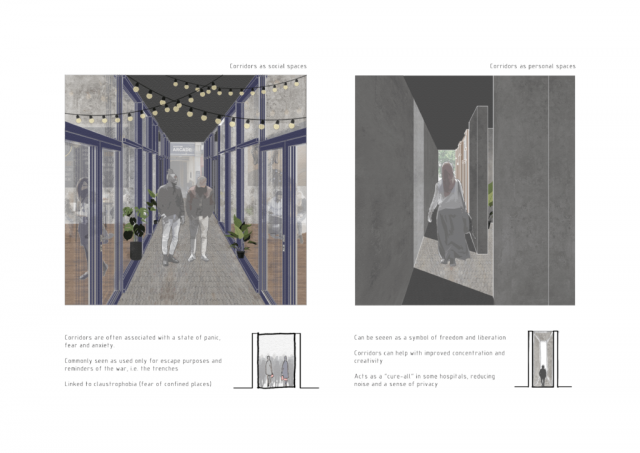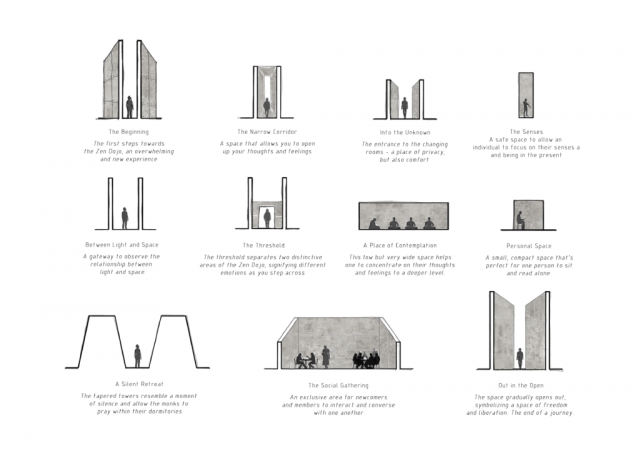How can architectural design manifest meditation?
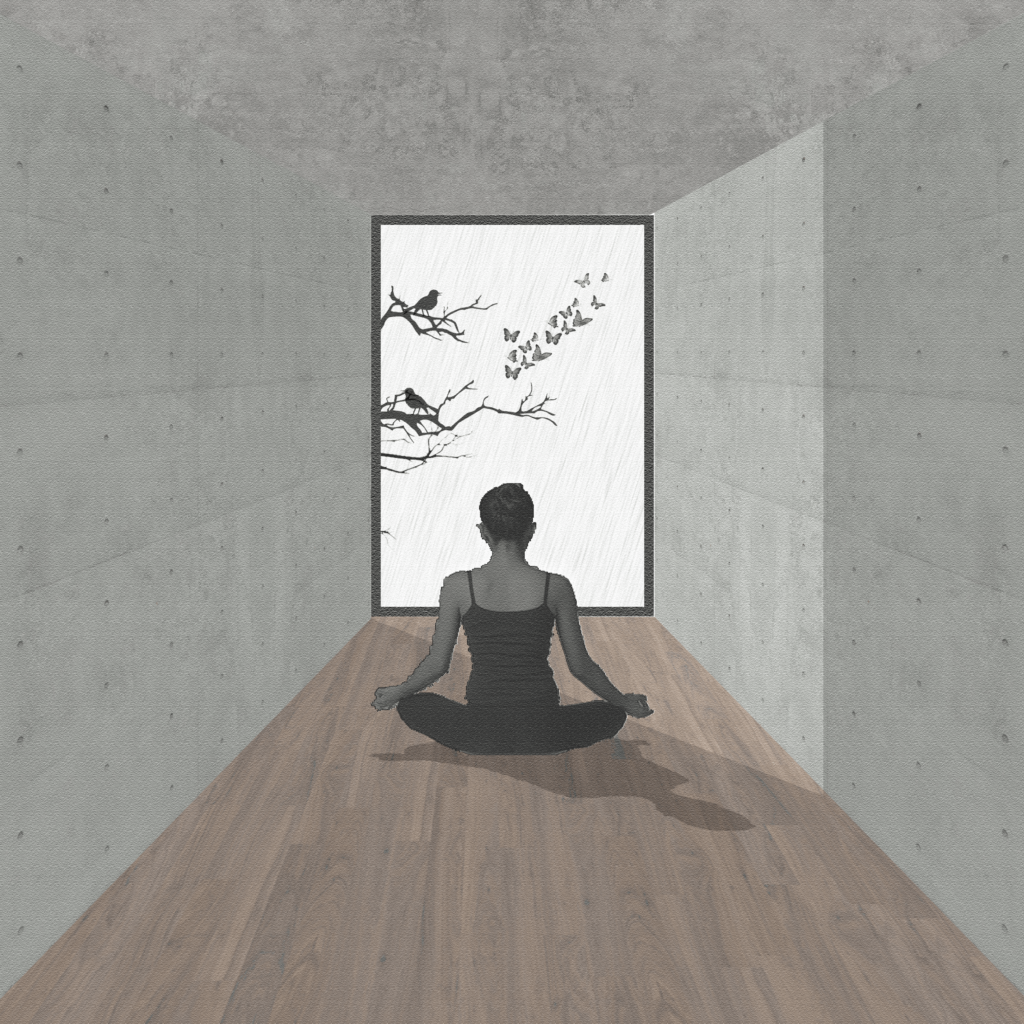
The aim of this project is to encourage newcomers of meditation to feel included in the spaces and invited to participate in the meditative experience. Through a series of varying corridor spaces, I aim to bring visitors along a journey through meditation. One cannot understand meditation until they understand the benefits and reasons behind it. Therefore, the building attempts to see whether architectural spaces can reflect emotional processes as a starting point for meditation.
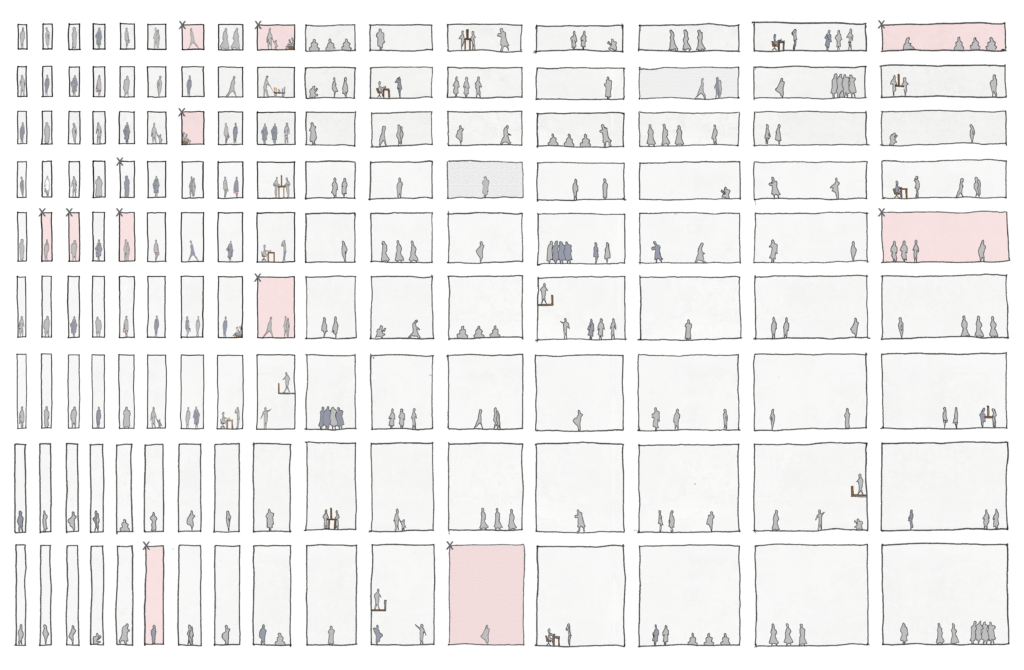

The corridor is not commonly addressed in the architecture community, being neglected, and often seen as ‘dead space’. Though in reality, the corridor acts as a place of exchange that helps circulation around the building, to increase permeability around a space and a moment to help reflect on ourselves and being in the present. Conceptually, the building acts as a means of expressing contradictory emotions and feelings.
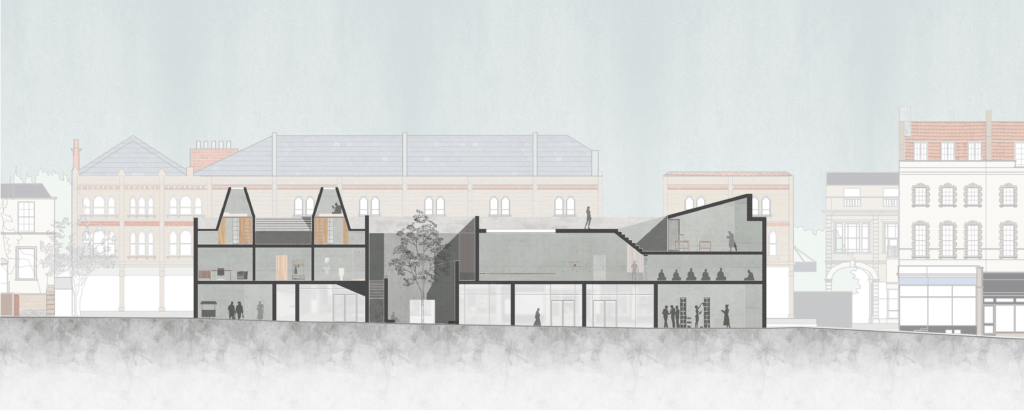
Though at first, visitors might endure a sense of anxiety and fear, the set of long corridors and staircases can be experienced for the monks in a different light. With the benefit of Zazen practice, monks develop a different interpretation which consequently becomes a symbol of freedom and liberation. By varying the different ceiling heights and width of each space, the corridor thus creates a meditative and contemplative state, confining people’s thoughts to focus on the present. The building acts as a microcosm, showing the difficulty of meditation and how you can only achieve benefits from this if you practice regularly to the end. The building thus becomes more than a Zen Dojo itself, but an experience depicting what most cannot understand.


Portfolio Extracts
Contact
- Email: elizabethlau99@hotmail.com
- LinkedIn: https://www.linkedin.com/in/elizabeth-lau-76ab70168/
- Website: https://elizabethlau99.myportfolio.com/



